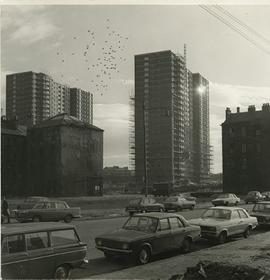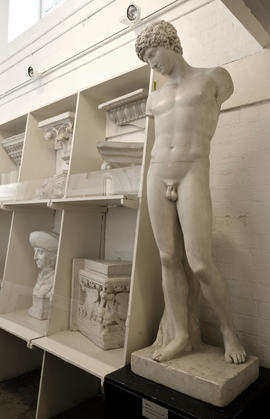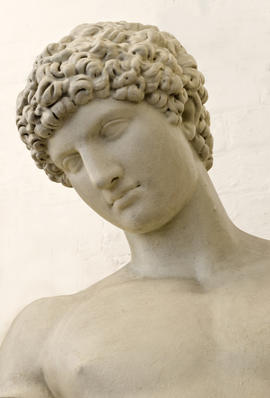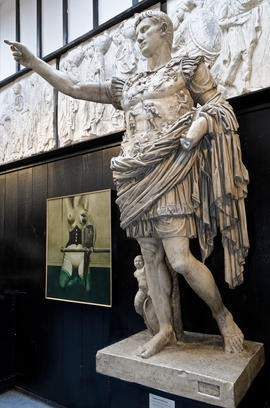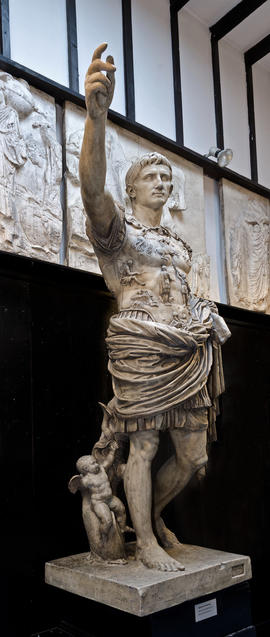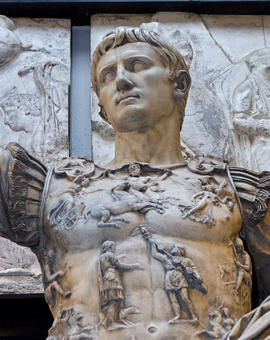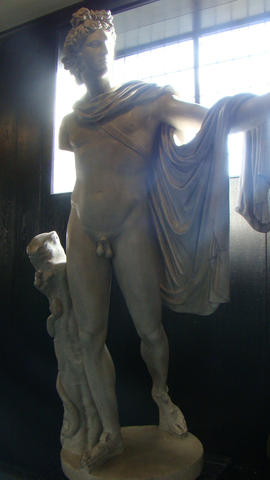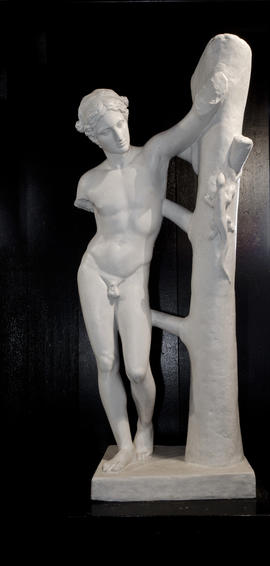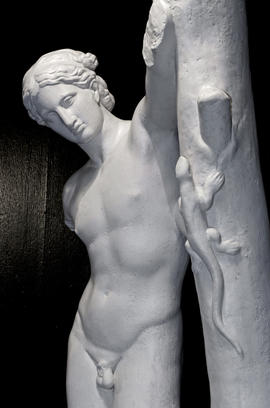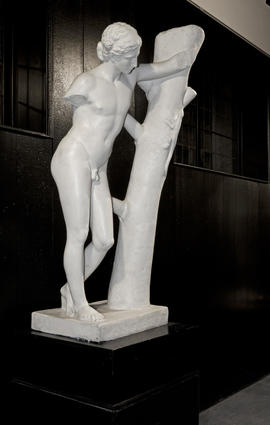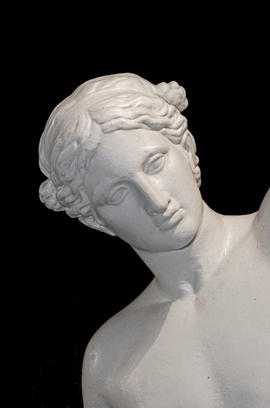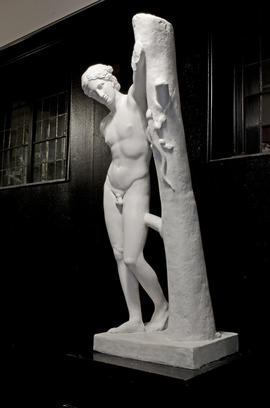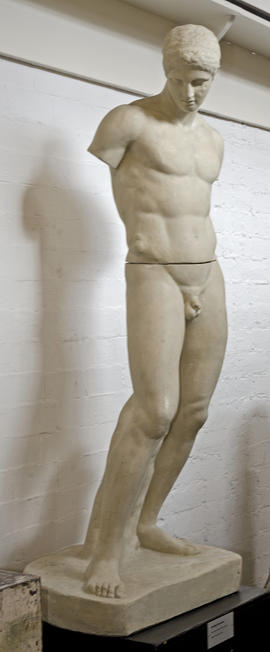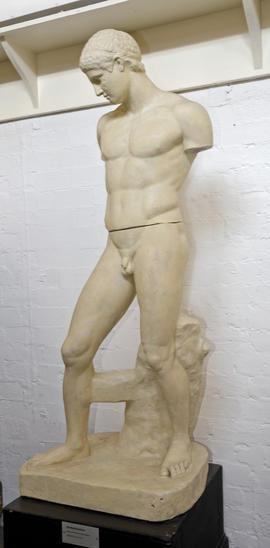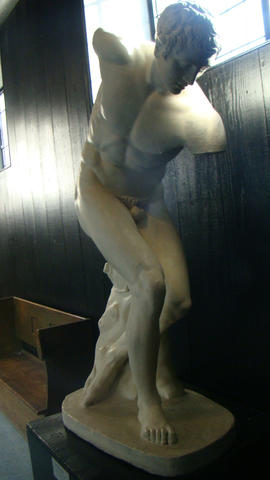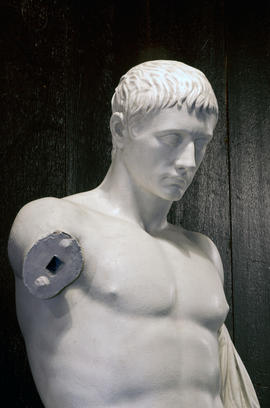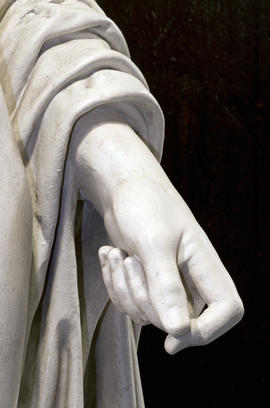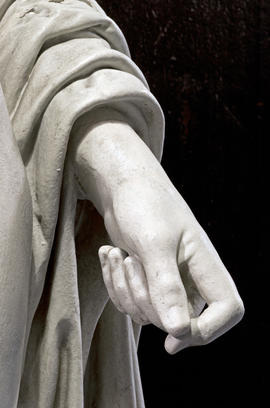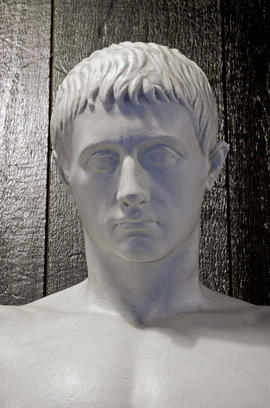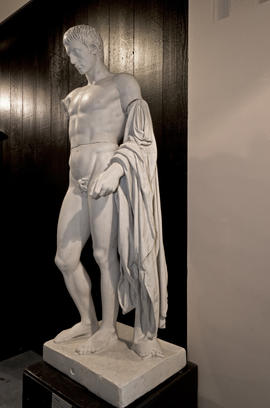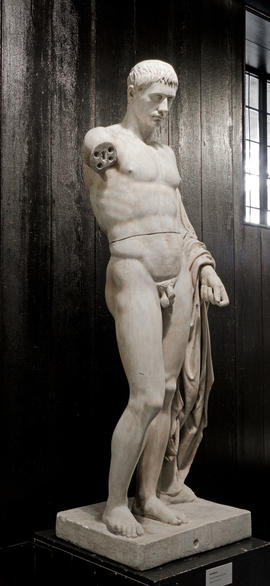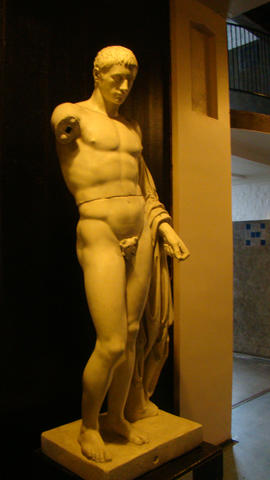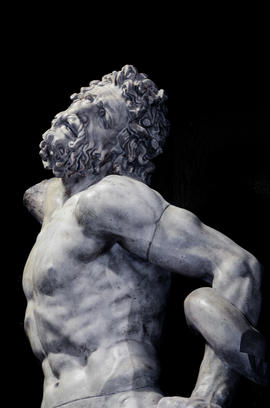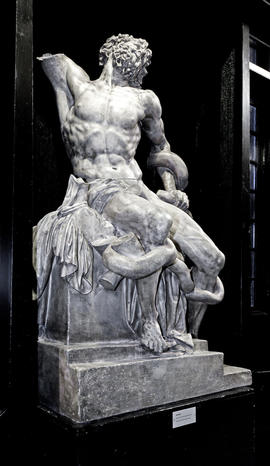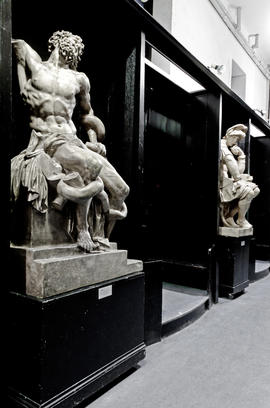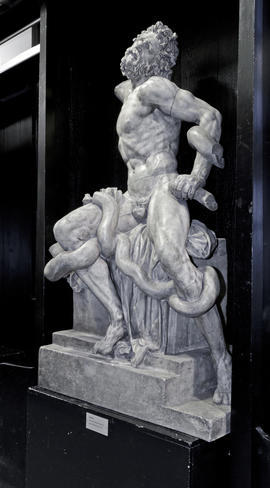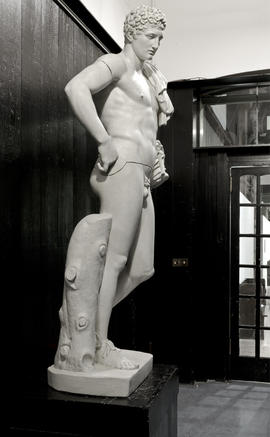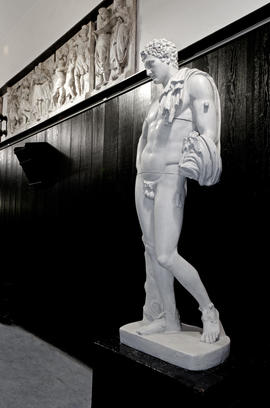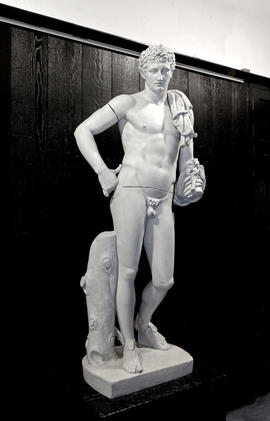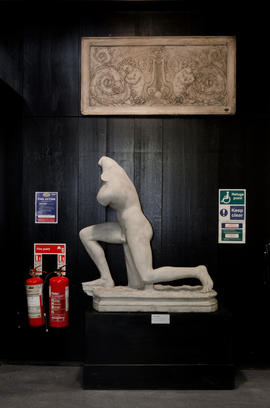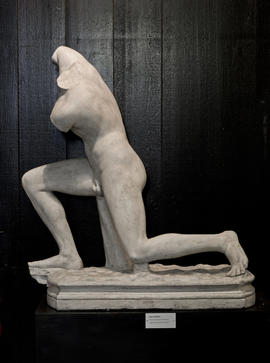- DC 066/2
- Subfonds
- c1897-1998
A collection of photographs and negatives taken by George Oliver dating from 1948-1990 (apart from two dated c1897). George arranged his photographs into folders by approximate subject matter and gave each folder a title. This has been reflected in the catalogue with the folder titles in the catalogue being the exact titles George used. The folders have been arranged by subject matter where possible. There are exceptions to the above. Folders DC 066/2/20 and DC 066/2/86 have not been given a title by George and have been catalogued as 'Untitled'. There are exceptions to this with DC 066/2/78 containing photographs taken by Cordelia Oliver as they date from after George's death. As a result of the Mackintosh Building fire in 2014, folders DC 066/2/87, DC 066/2/88 and DC 066/2/89 contain photographs that have been rehoused since their deposit and are likely to have been taken out of other folders. It is not clear from which folders these photographs came originally, so they have been catalogued separately with their titles reflecting the subject matter of the photographs they contain.
Oliver, George

